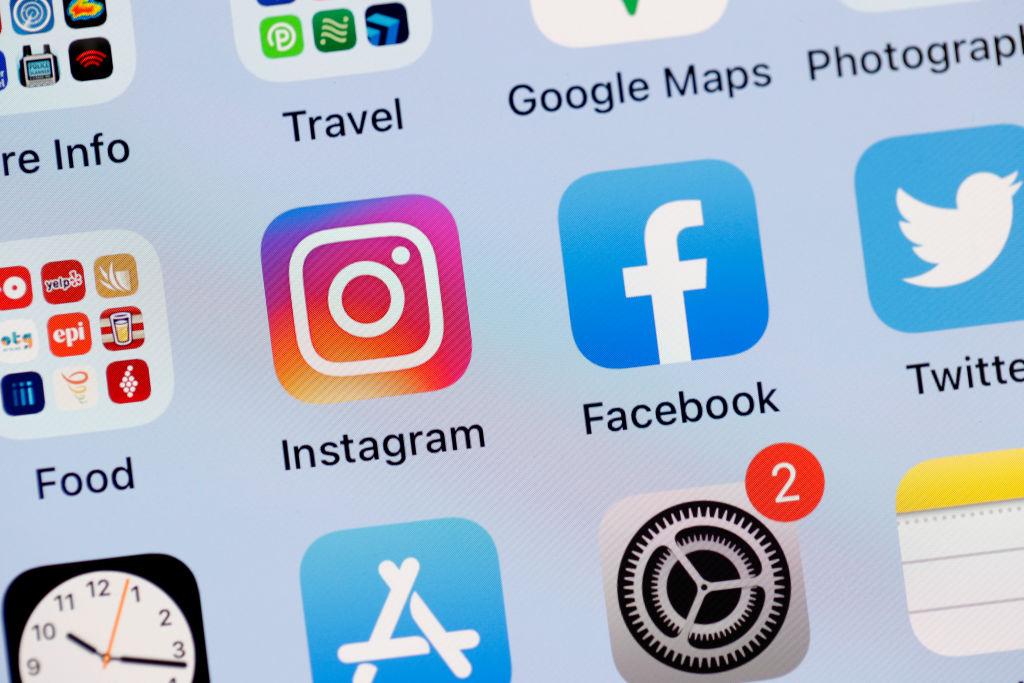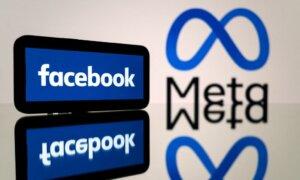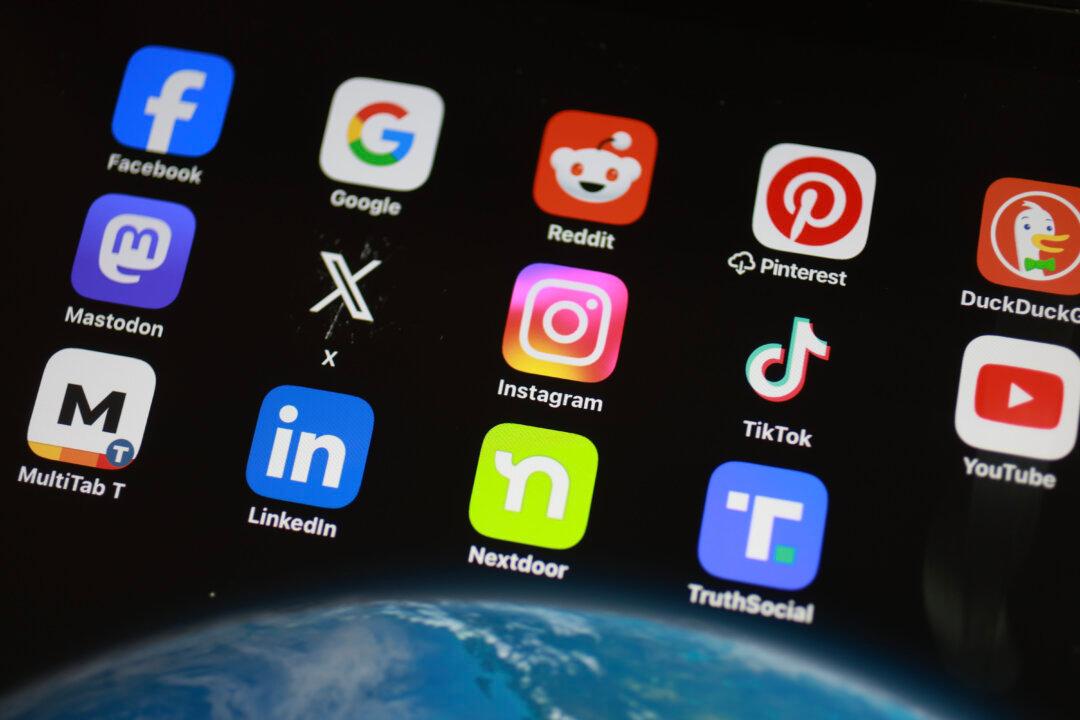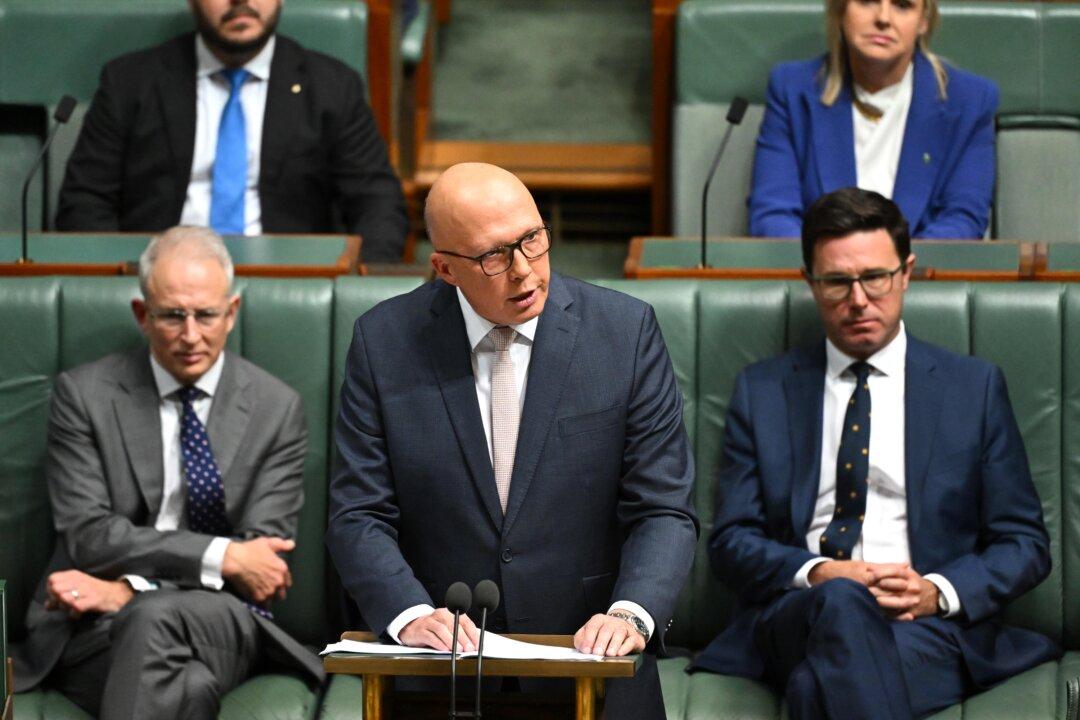Three years ago, Australia was a world “leader” when it mandated digital platforms, like Facebook and Google, to pay media organisations for news items curated on their platforms.
This year Meta, the parent of Facebook and Instagram, and a brood of other social media, has called time on the practice. They are right to do so.
It’s an attempt by dinosaur companies to stave off their extinction by taxing their evolved rivals.
The legislation also violates normal commercial practice, is a perversion of copyright laws, and grossly unfair to the digital platforms, and could ultimately see them go broke.
Facebook payments alone are worth $250 million (US$162.6 million) to the legacy dinosaurs. If they lose them, it will put a huge hole in their profitability.
Let’s put that in perspective.
The Nine Network—broadcaster of Channel Nine and publisher of the Sydney Morning Herald, The Age, and the Australian Financial Review—made a profit of $181.8 million last financial year.
News Corp., Australia’s largest owner of newspapers, earned $224.7 million on its total operations, here and overseas.
The $250 million from Meta is split between all of Australia’s major media organisations and is cumulative over the period of the licence to date, but it is money that effectively slips through to their bottom lines without incurring any costs on the way through—it has to be a significant proportion of their meagre profits.
So mainstream media is fighting back against Meta’s decision to stop paying news outlets.
“Cancelling those commercial agreements will obstruct the ability of millions of Australians to access reliable and trusted news and information about the communities in which they live.
“Have no doubt, jobs will be lost, titles will close, communities will be at risk of not receiving the quality local news they deserve, and our democracy as a whole will suffer.
“It will also, sadly, fuel the explosion of fake news and other junk proliferating on social media.”

To say this is hyperbole would be to malign hyperbole, and it is extraordinary that it would come from the executive chairman of a major media organisation.
How Does the News Media Bargaining Code Work?
So how does the scheme work, and what should the arrangement be?Not all news, but if they touched them in any way, even to promote them in the feed of someone who’s shown interest in the subject matter of the news clip, then they are covered by the Act.

If the parties fail to agree, the government can declare them a “designated digital platform” and arbitrate a settlement between them and the “news business.”
Up until that legislation, digital platforms were covered by standard copyright law. This meant that if they reproduced more than a certain amount of a news business’s material they would need permission, which would probably involve a royalty fee.
How much they could reproduce and not need copyright clearance is difficult to define, just as it is when a journalist quotes from someone else’s writing, but it certainly should be more than the snippet of news that is generally produced on most social media sites.
Indeed, the publishers more or less settle the question of what is reasonable by having tags in their articles telling social media what parts to reproduce.
Why do publishers do this? Well, the way the game used to work was that news businesses were eager to have references to their articles on social media as people would click on the link and it drew a larger audience, including some new readers.
Think of search engines and social media as being the newsagents of the online era. They displayed news in their “shops” which some people would pick up and buy.
The search engines and social media didn’t reproduce the whole of an article, and sell advertising from it, they reproduced enough to attract a reader to click through.
They gained their reward by being able to sell advertising space on the same page on their digital platform, and the news business gained by having more interactions on their site where they could sell advertising and subscriptions.

The Problem With the Code
This legislation is like the publishers telling the newsagent that they could still sell newspapers, but in recognition of the fact that they lured people into their shop by displaying the front pages of newspapers, they should pay the newspapers for the privilege of display.In that situation, you’d think many newsagents would decide to stop selling newspapers and just retail scratchies, bus passes, and stationery with a few cold drinks on the side.
This is essentially what Meta is proposing to do. They say only 3 percent of their traffic is people looking for news, that it dropped by 80 percent last year and they’d make more money without it because of the cost of paying royalty fees.
I don’t think Meta has much choice.

Australia started a small cascade of countries on the same path including Canada, the UK, Germany, and France. If it became the whole world Meta would be in financial trouble.
Social media works based on spending the absolute minimum on running the site, commodifying the users, and delivering them to advertisers.
The Numbers Also Do Not Stack Up
Meta has paid $250 million in Australia alone, a market which represents around 0.4 percent of its market. With around 11.5 million Facebook users in Australia, the revenue deal was costing Meta around $7.25 per person per year.That doesn’t sound a lot, certainly a lot less than Meta’s profit in 2023 of US$39.1 billion. But when you divide that global profit by 3.1 billion monthly users and calculate it in Australian dollars you get approximately $20 per user.
News Media Continue Dawdling in the Digital Age
The problem is that legacy media did not innovate when the internet arrived. News has always been a philanthropic business in the sense that large print news organisations used to cross-subsidise their prestige news from their advertising.When sites like Craig’s List, and realestate.com.au came along offering advertisers a better deal, but owners thinner profits, they spurned the idea of replicating their models in favour of protecting their existing assets.
The upstarts ate the legacy publishers’ lunch, so no more “rivers of gold” from classified and display advertising.
A similar thing happened to broadcast media as well.

But then the media companies trundled on, devaluing their news product by offering it for free on the internet and hoping to make a living from advertising.
This worked for a while, but there was no shortage of advertising inventory on the internet, so the price of advertising was bid down and down to the point where that model was broken.
Now most of them publish behind paywalls using either a premium model, where all content has to be paid for, or the freemium model, where some content is free, but most isn’t.
But the Underlying Problem Is This
Media organisations have a problem when it comes to the value of their product. This can be demonstrated no better than by our recent experiences during COVID.If you wanted to know the real truth, social media and alternative publishing sites like Substack were far more accurate and timely than the mainstream media, which merely regurgitated government talking points.
Even now, for example, where is the discussion in mainstream media of the fact that life expectancy has dropped post-pandemic by two or three years? Or that vaccine injuries are far greater than have been officially revealed?
When News Corp Australasia’s Michael Miller says “communities will be at risk of not receiving the quality local news they deserve, and our democracy as a whole will suffer,” what he is really saying is, “If we can’t find someone else to tax to boost our profits, we’re screwed.”
And then when he says, “It will also, sadly, fuel the explosion of fake news and other junk proliferating on social media,” what he means is, “Our biggest problem is we’re not even producing what people want or need to read and they’re finding it elsewhere.”
I’m not a big fan of Meta’s corporate practices, but in this case they’re right, and it will be to the benefit of everyone because it will either force legacy media to reform and produce a product people want to pay for, or it will make room for alternative publishers who can.







